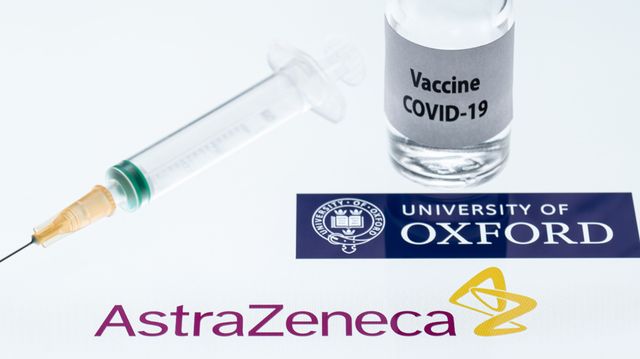GENEVA, Switzerland – The World Health Organization (WHO) has listed two versions of the AstraZeneca/Oxford COVID-19 vaccine for emergency use, giving the green light for these vaccines to be rolled out globally through COVAX. The vaccines are produced by AstraZeneca-SKBio (Republic of Korea) and the Serum Institute of India.
WHO’s Emergency Use Listing (EUL) assesses the quality, safety and efficacy of COVID-19 vaccines and is a prerequisite for COVAX Facility vaccine supply. It also allows countries to expedite their own regulatory approval to import and administer COVID-19 vaccines.

“Countries with no access to vaccines to date will finally be able to start vaccinating their health workers and populations at risk, contributing to the COVAX Facility’s goal of equitable vaccine distribution,” said Dr Mariângela Simão, WHO assistant-director general for access to medicines and health products.
‘But we must keep up the pressure to meet the needs of priority populations everywhere and facilitate global access. To do that, we need two things – a scale-up of manufacturing capacity, and developers’ early submission of their vaccines for WHO review.”
The WHO EUL process can be carried out quickly when vaccine developers submit the full data required by WHO in a timely manner. Once those data are submitted, WHO can rapidly assemble its evaluation team and regulators from around the world to assess the information and, when necessary, carry out inspections of manufacturing sites.
In the case of the two AstraZeneca/Oxford vaccines, WHO assessed the quality, safety and efficacy data, risk management plans and programmatic suitability, such as cold chain requirements. The process took under four weeks.
The vaccine was reviewed on February 8, by WHO’s Strategic Advisory Group of Experts on Immunization (SAGE), which makes recommendations for vaccines’ use in populations (i.e. recommended age groups, intervals between shots, advice for specific groups such as pregnant and lactating women). The SAGE recommended the vaccine for all age groups 18 and above.
The AstraZeneca/Oxford product is a viral vectored vaccine called ChAdOx1-S [recombinant]. It is being produced at several manufacturing sites, as well as in the Republic of Korea and India. ChAdOx1-S has been found to have 63.09% efficacy and is suitable for low- and middle-income countries due to easy storage requirements.
WHO emergency use listing
The emergency use listing (EUL) procedure assesses the suitability of novel health products during public health emergencies. The objective is to make medicines, vaccines and diagnostics available as rapidly as possible to address the emergency, while adhering to stringent criteria of safety, efficacy and quality. The assessment weighs the threat posed by the emergency as well as the benefit that would accrue from the use of the product against any potential risks.
The EUL pathway involves a rigorous assessment of late phase II and phase III clinical trial data as well as substantial additional data on safety, efficacy, quality and a risk management plan. These data are reviewed by independent experts and WHO teams who consider the current body of evidence on the vaccine under consideration, the plans for monitoring its use, and plans for further studies.
As part of the EUL process, the company producing the vaccine must commit to continue to generate data to enable full licensure and WHO prequalification of the vaccine. The WHO prequalification process will assess additional clinical data generated from vaccine trials and deployment on a rolling basis to ensure the vaccine meets the necessary standards of quality, safety and efficacy for broader availability.
WHO also listed the Pfizer/BioNTech vaccine for emergency use on December 31, 2020.





